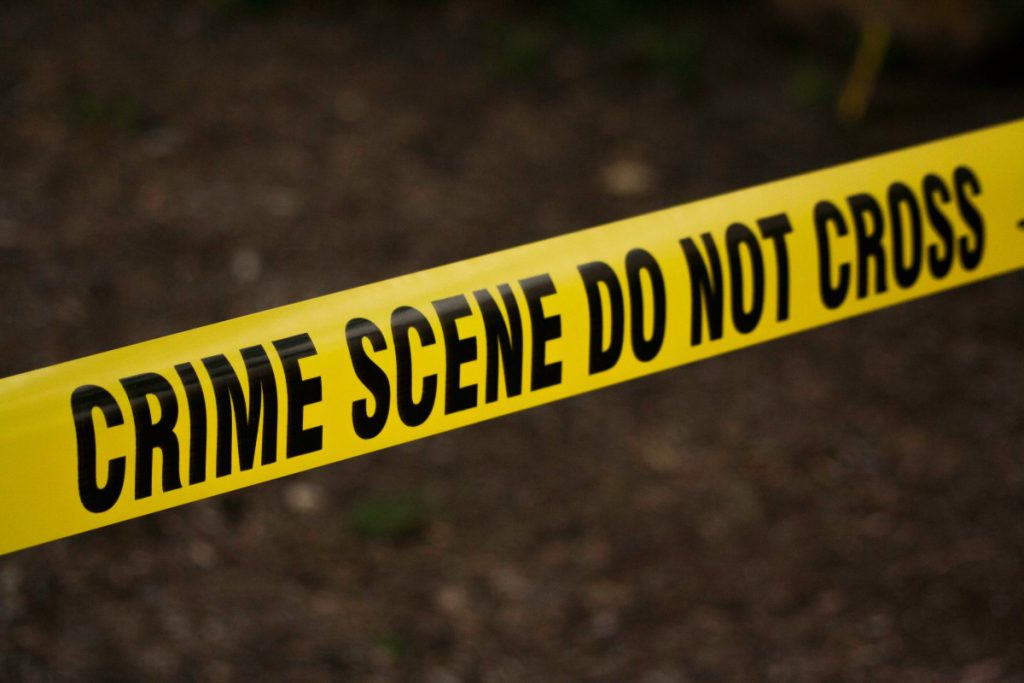Funeral Home Shooting Part of Epidemic of Gun Violence
Milwaukee Health Department notes a 100% increase in homicides this year.
In the wake of a mass shooting incident, which occurred at a funeral home in Milwaukee on Sept. 30, the city’s Health Department issued a statement invoking the ever-present issue of gun violence. “No family in our community should have to suffer the grief and pain of gun violence — especially while mourning the loss of a loved one,” it read.
The shooting occurred as a group of mourners were outside before the service began. A car pulled up to the crowd, the Milwaukee Journal Sentinel reported, and fired into the group of more than 100 mourners. Seven people were wounded. Michael Brunson, chief of the Milwaukee Police Department (MPD), confirmed Wednesday afternoon that they’re all in stable condition. They’re all expected to survive.
“Our hearts go out to the family members and friends impacted by the mass shooting outside of Serenity Funeral Home on Wednesday,” read the Health Department statement. The incident, however, points to a larger trend playing out in the city. “Over 15 people have been shot in Milwaukee over the last 24 hours,” the statement continued. “Since February of this year we have seen a 100% increase in homicides. In recent years, we have seen increasing levels of gun violence in the fall months. We cannot rely on cold weather to slow this deadly epidemic.”
During 2015, the city saw a 70% spike in homicides. However, the city began to refocus its attention on funding prevention, and sought community-based solutions to ease some of the burden. Pre-pandemic, then-police Chief Alfonso Morales reported gradually declining homicide rates. Morales also often noted that a very small percentage of residents, even in low-income neighborhoods, are actually responsible for most of these incidents. Typically it is repeat offenders.
Unfortunately, the onset of COVID-19 has also placed burdens beyond the immediate healthcare crisis on society. In addition to homicides, Milwaukee’s suicide rate has risen more than 300%. Overdoses are also climbing, as are evictions and, meanwhile, there appear to be more people at intersections holding signs reading “homeless, please help” which reflects a growing sense of uncertainty and despair in the community.
“The uptick in violence in 2020 comes after a steady 4-year decline in non-fatal shootings and homicides from 2016-2019,” continues the Health Department’s statement. “Increased access to firearms paired with the stress, tension and despair caused by COVID-19 is having an impact on violence in cities across the country. This year we have seen a sharp increase in suicides and mass shooting incidents that began with the Molson Coors shooting.”
In that incident, a MillerCoors employee who’d recently been fired walked into the brewery and fatally shot fellow employees before turning the gun on himself. In December 2019, before the pandemic, a wave of school lock downs occurred after a police officer shot a Waukesha high school student who’d brought a realistic pellet gun to school.
“Healing moves at the speed of justice,” the Health Department statement concluded. “And far too many families are living in fear and anger because their assailant was never found or convicted.” The department urges people to report information about shootings or homicides to Milwaukee Crime Stoppers anonymously.
Reprinted with permission of Wisconsin Examiner.



















